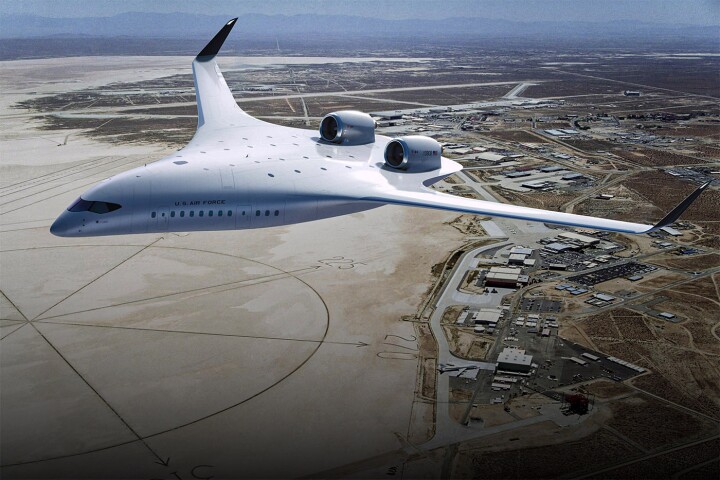The company that broke a Guinness World Record this year with its all-hydrogen train has just announced another world first. Stadler Rail has developed a fleet of train cars that can run on either hydrogen or battery power for branch rail services.
Since 1996, one of the most iconic trains in Europe has been riding the rail lines: the Stadler RS1 Railbus. Marked by a design that calls to mind bridge design, complete with trapezoid-shaped window panels, the RS1 was one of the first widely used new-gen diesel trains in Germany and Czechia. The trains can operate on either straight-up diesel or biodiesel made from rape seed oil, and there are about 500 of them in service.
As popular as they've been, however, some of the trains are reaching the ends of their lifespans. So their manufacturer, Stalder Rail Germany, has announced the release of the RS Zero, a zero-CO2-producing train that can run on either electric or hydrogen power, or a combination of both.
The world-first announcement makes sense coming from Stadler, as it's the company that announced a world record when its Flirt H2 train zipped along for 46 hours, traveling 2,803 km (1741.7 miles) on a single tank of hydrogen.
Thanks to its relatively light-weight design, the RS Zero is particularly targeted at rail operators who run branch lines – smaller feeder lines that connect with larger main rail tracks. Because 38% of rail lines in Germany remain unelectrified, the new cars should be a welcome zero-emissions addition to the country's rail transport system. And, in those cases when a part of a branch line is electrified via overhead cables, the battery-operated cars can switch over to use them as a power source.
Dual fuel, dual car
The prototype car just announced by Stadler is a single-car hydrogen model, but dual-car configurations are also available. According to Railcolor News, a single hydrogen-powered car can travel 700 km (435 miles), while the dual set-up will make it 1,000 km (621 miles). The battery models have much less range, with a single-car getting 80-100 km (50-62 miles) on one charge and a dual-car configuration traveling between 90-180 km (56-112 miles). Both configurations can get the cars up to a top speed of 120 km/h (75 mph).
The dual option therefore lets rail operators choose the vehicle that best suits the length of their routes and the type of fuel they're most comfortable with. And, with the world's first hydrogen-powered railway having announced that it's switching to all battery-electric models, offering the two options on the RS Zero looks like a smart business move as well.
"Our aim was to develop a particularly lightweight vehicle that enables emission-free operation on secondary routes," said Stadler executive VP Ansgar Brockmeyer. "With the RS Zero, we are offering our customers a train that combines efficiency with maximum comfort and provides the best possible accessibility for all passengers."
Speaking of accessibility, the train cars have a low entry height and a step-free low-floor area, which makes them accessible to those with mobility issues. Stadler says the trains will also have a multipurpose area for bikes and other bulky travel gear, which calls to mind the company's unique flexible seating system that allows seats to be folded up to make room for more bikes if the need arises.
In keeping with its eco-ethos, the interior flooring comes from 98% renewables, the sidewalls are also made from recycled materials including PET bottles, and Stadler says that the climate-control system uses an environmentally friendly coolant.
The hydrogen-powered prototype will be on display in Berlin during the InnoTrans 2024 convention later this month.
Source: Stadler





